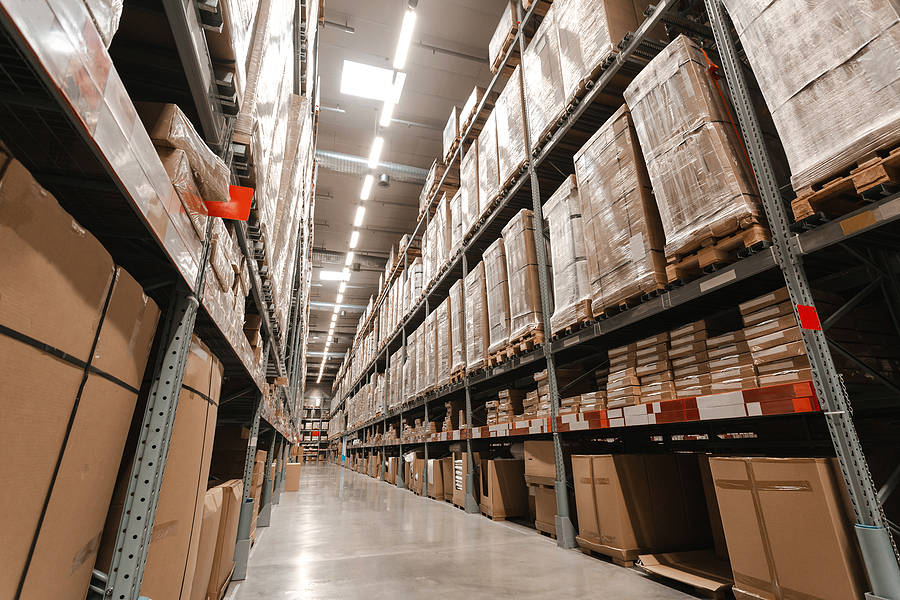Regarding fire prevention, you may believe that adhering to local warehouse fire safety rules, NFPA standards, and OSHA criteria is sufficient. These rules are thorough, necessary, and effective. Still, they can’t reasonably handle every fire risk in your workplace, your workers’ daily activities, or the flow of inventory changes, all of which complicate warehouse fire safety. That’s why you’ll need to follow a warehouse fire safety guide.
We’ve prepared some simple warehouse fire safety precautions that you and your employees may apply in your New Mexico workplace to mitigate the risk of fire, keep everyone safe, and minimize property loss.
Daily workplace fire prevention, rigorous staff training, and working with an independent fire protection provider will help keep your workplace safe from fires all year, not just before an inspection. In addition, fire extinguishers, fire sprinkler systems, and fire suppression systems can stop a fire from spreading after it has started. Still, the ideal approach is to avoid fire altogether, which can be accomplished via education and dedication.
This workplace fire safety assessment is a handy tool for ensuring that workers in your warehouses follow daily fire safety precautions. Here are some guidelines to ensure your warehouse is practicing suitable fire safety protocols:
- Everyone has access to fire safety training documents.
- There are no obstructions in the way of exits, aisles, evacuation pathways, or fire alarm pull stations.
- All exit signs and emergency lights are working correctly.
- Debris, discarded packing materials, trash, and combustible goods are properly disposed of (nothing is piling up where it shouldn’t be).
- Extension cords and electrical equipment are correctly used; no extension cords are used for long periods of time or are connected to one another.
- All fire extinguishers have been counted and inspected in accordance with NFPA 10.
- Nothing is dangling from the lines, heads, or nozzles of fire sprinkler/suppression systems – The fire pump riser rooms are unoccupied and should not be used to store anything.
- Flammable/combustible liquids are kept in safety cabinets and stored in accordance with OSHA1926, NFPA30, and local Authorities Having Jurisdiction (AHJ) regulations.
When there are any operational modifications, notify your trusted fire protection engineer (i.e., inventory type, scope, class, quantity, storage configurations, etc.).
These workplace fire safety suggestions are simple precautions that you and your workers can take to prevent fires. Along with the more technical fire safety code standards outlined in the following section, they’re also the basic warehouse fire safety regulations that the fire inspector will check for when they come to your warehouse.
Don’t forget that fire safety goes beyond the building code requirements, which of course is why you should also implement daily warehouse fire prevention activities, invest in comprehensive staff training, and work with a trusted third-party provider (like RDR Safety) for all of your independent testing and inspections.
It’s vital that you follow the fire safety guidelines in this guide and implement a warehouse fire prevention plan. Workplace fires are far more common than you may think, and they can quickly spread to nearby warehouses that lack effective protective barriers. In addition, depending on their composition or processing history, certain commodities can catch fire much faster than expected.
